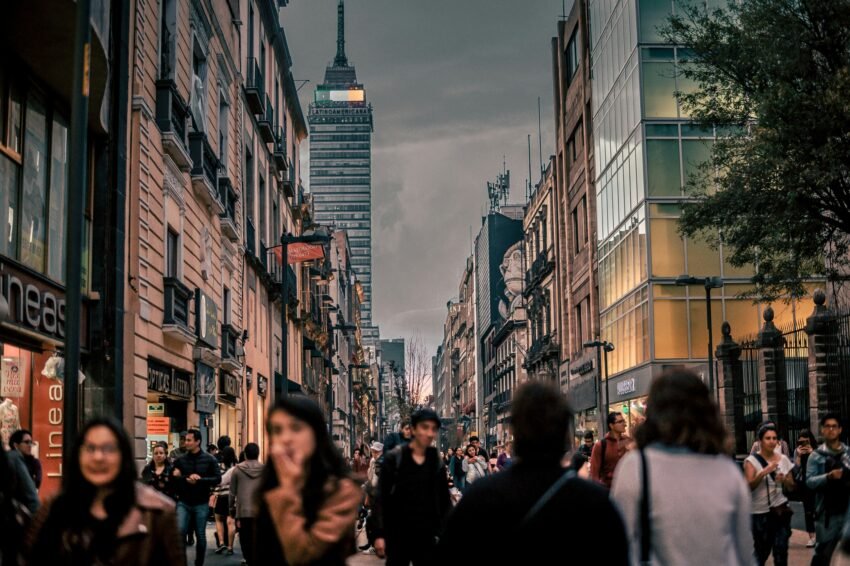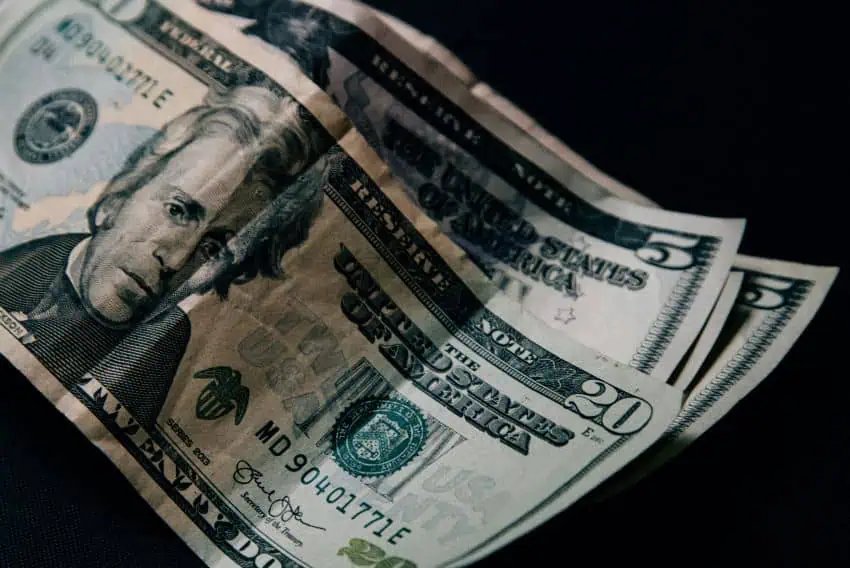As someone living abroad, being asked where I’m from is an everyday thing. So whenever someone asks about my origins – spoiler: not from Mexico City — the conversation usually goes like this:
“I’m from Mexico.”
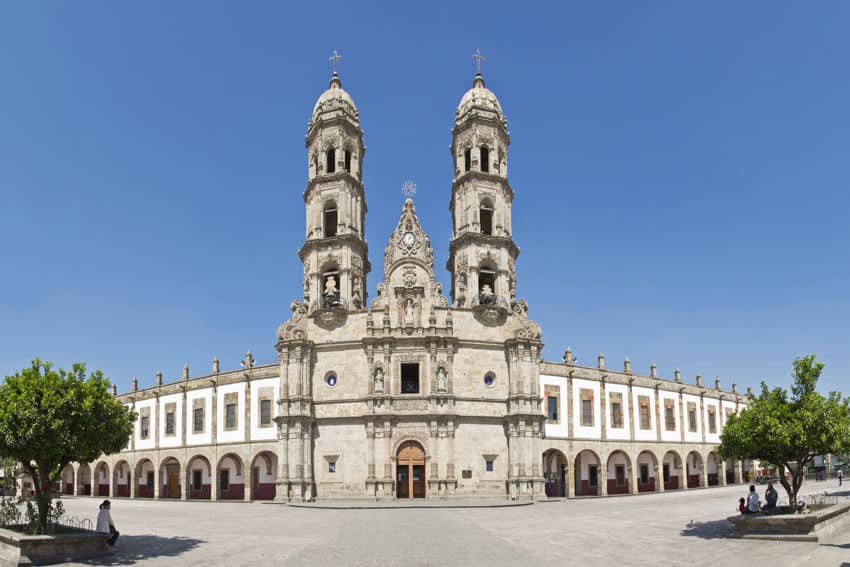
“Ah, from Mexico City?”
“No, from Guadalajara. I’m not sure you’ve heard of it.”
There’s more to Mexico than just Mexico City
To my surprise, some people have heard of it. Most people, though, haven’t. But when I tell them I’m from the city that gave the world mariachi and tequila (both of which they’ve heard about), they are surprised. Because, believe it or not, not everything happens in Mexico City.
I’ve talked before about how proud I feel about being a provinciana, a term that is used by chilangos (natives of Mexico City) to refer to any Mexican who is not from the capital. And while there’s a lot of interesting things going on in the provincias, there’s still this general idea – especially abroad – that everything happens in Mexico City.
To be fair, this idea doesn’t come out of nowhere. For instance, all state departments are based in Mexico City, even those that logically should be elsewhere. A prime example is the Navy. Why is it landlocked in the capital, some 300 kilometers from the nearest ocean?
And then there’s national television, which is all produced and broadcast from Mexico City. All the major media companies like Televisa, TV Azteca, and even Netflix are headquartered there. The same goes for the country’s biggest universities, cultural institutions, hospitals and publishing houses. All of them made the capital city their home.
So yes, on paper, it does look like everything happens in Mexico City. And don’t get me wrong: I don’t have any resentment about it. I’ve lived in Mexico City and I love it. It’s precisely its wide array of entertainment and culture that makes the city so magnetic and such a target for gentrification.
But if you stick with me, I’ll show you that Mexico is so much bigger and more interesting than just its capital.
Tequila, Mariachi and Charrería – Not yours, Mexico City
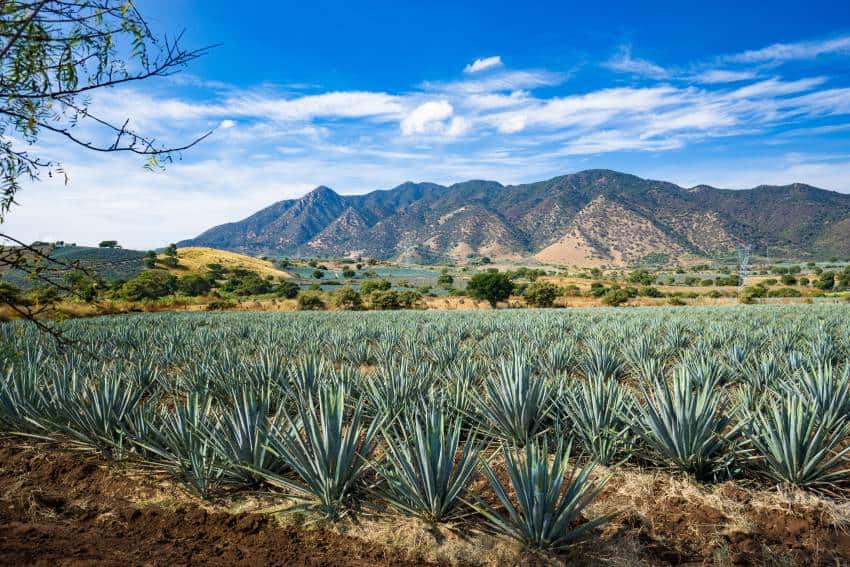
My home state of Jalisco, on the West Coast of Mexico, is the cradle of three of the nation’s most recognizable cultural icons: tequila, mariachi and charrería.
Let’s start with tequila. Some 20 kilometers from the state capital of Guadalajara lies the town of Tequila, the birthplace of Mexico’s most famous spirit. The town and its surrounding region are home to the largest number of tequila producers in the country. This region includes the entire state of Jalisco and parts of Guanajuato, Michoacán, Nayarit, and Tamaulipas.
Another cherished export of Jalisco is mariachi, originally from the town of Cocula. Recognized as an Intangible Cultural Heritage of Humanity by UNESCO, mariachi has become a global symbol of Mexican identity. Much like charrería, which also traces its roots to Jalisco and other Western states. Charrería, too, holds the same UNESCO recognition as mariachi, highlighting its place as a cornerstone of Mexican tradition.
Mole and chiles en nogada aren’t from the capital
You might not identify mole or chiles en nogada by name. But you probably will if I show you a picture.
Mole is a rich sauce made from various chilies and spices. It is traditionally served with chicken and traces back to pre-Columbian times. Back then, the sauce was called mulli, and was made from ground chilies mixed with seeds, herbs and tomatoes. After the Spanish conquest, it is said that nuns at the Santa Rosa Convent in Puebla created a version of mulli by combining readily available ingredients to honor the visit of a viceroy or bishop. The result was mole.
Mole gained international fame thanks in part to Michelin-starred restaurant Pujol’s signature dish, mole madre, which is featured in Netflix’s “Chef’s Table.”
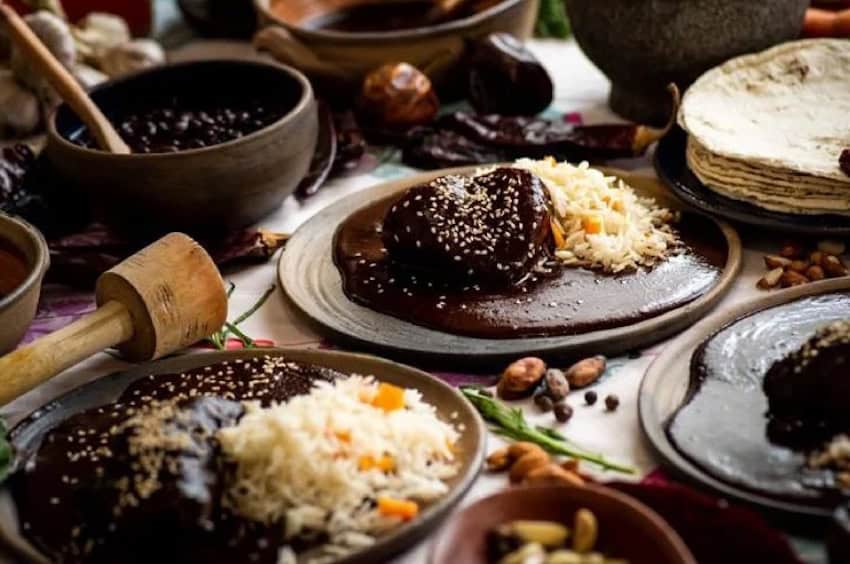
Now, as for chiles en nogada, its origin story is similar to that of mole. Its creation is attributed to the Augustinian nuns at the Santa Monica convent in Puebla, to celebrate the country’s Independence from Spain during a visit of Mexico’s first Emperor Agustín de Iturbide to the city. The dish features seasonal ingredients such as poblano chili, nogada (a walnut sauce), and pomegranate, which symbolize the colors of the triumphant army and current Mexican flag: green, white, and red.
The best wine scenery? Think Baja California, not Roma Norte
The Guadalupe Valley, in Baja California, is the heart of Mexico’s wine production, responsible for more than 70% of the country’s wine. It is home to over 150 wineries, many of which are world-class and boast spectacular architectural designs. This region has also become a popular destination for culinary tourism, thanks to its oceanfront wine pairings from local chefs and signature dishes featuring regional ingredients.
In addition to being the capital of Mexican wine, with renowned brands like Monte Xanic, L.A. Cetto and El Cielo, Baja California also boasts the second-highest number of Michelin-starred restaurants in Mexico after Mexico City.
Other Mexican states that are gaining a reputation as winemakers include Querétaro, which features a Wine, Cheese and Art route coveted by tourists, and Guanajuato, with each of these states in Central Mexico benefiting from ideal weather conditions.
One of the world’s new seven wonders is not in Mexico City
Mexico City has the largest concentration of UNESCO World Heritage Sites, with three main entries and two shared inscriptions with other states (OK, you win on this one!). However, 31 additional sites are outside Mexico City, including one of the world’s most remarkable at Chichen Itzá.
Chichen Itzá, in the state of Yucatán, is not only a UNESCO site but was also recognized as one of the New Seven Wonders of the World in a global survey. This list includes iconic locations such as the Roman Colosseum, Petra in Jordan, and the Taj Mahal in India, among others.
Besides the Mayan site of Chichen Itzá, the Yucatán Peninsula is home to many other archeological sites that represent pre-Columbian culture. Meanwhile, the Southern states of Chiapas and Oaxaca, UNESCO sites like Palenque and Monte Albán draw thousands of visitors every year, in addition to the natural attractions that are also included in the coveted list.
See? I told you not everything happens in Mexico City.
Gabriela Solis is a Mexican lawyer turned full-time writer. She was born and raised in Guadalajara and covers business, culture, lifestyle and travel for Mexico News Daily. You can follow her lifestyle blog Dunas y Palmeras.

